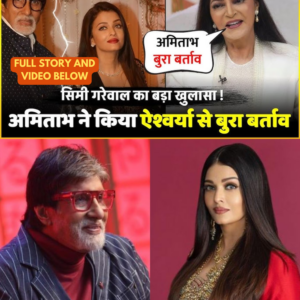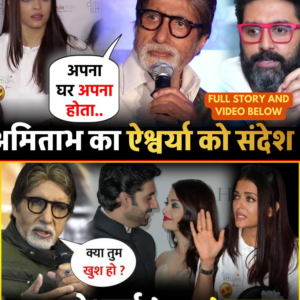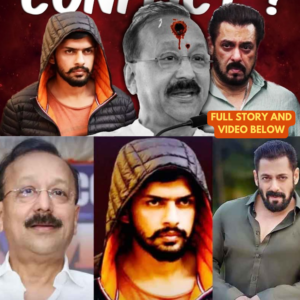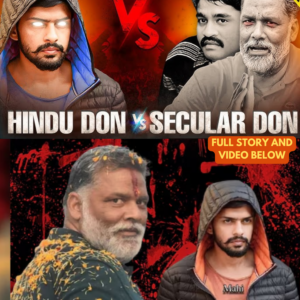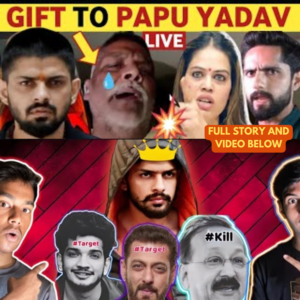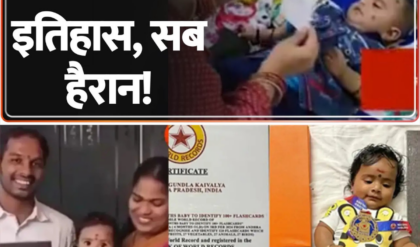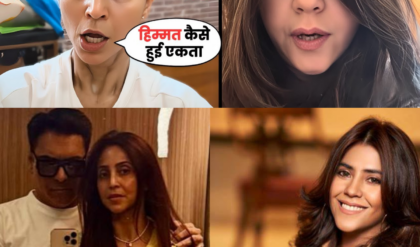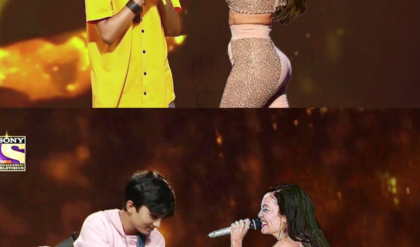Lawrence Bishnoi has emerged as a polarizing figure within the Indian entertainment industry, drawing comparisons to mythological characters from the Ramayana. Following the viral video of his brother, Anmol Bishnoi, discussions have intensified regarding their familial ties and the symbolism of good versus evil. Some see Anmol as a representation of Vibhishan, while Lawrence is likened to Ravana, sparking debates about morality and identity.
The impact of Bishnoi’s past threats is evident, as many who once spoke out against him now tread carefully, fearful of repercussions. This shift in public sentiment reveals a deeper societal fear that may influence how individuals express their opinions about controversial figures like Bishnoi. The atmosphere surrounding him underscores a larger issue of intimidation in the public discourse.
Drawing historical parallels, the speaker references the story of Bhagat Singh, a revolutionary figure known for his fierce dedication to India’s independence. The comparison serves to illustrate how both Bishnoi and Singh have been misunderstood by society. Just as Singh was labeled a terrorist by some historians, Bishnoi finds himself similarly mischaracterized in contemporary narratives.
This examination of historical misrepresentation raises questions about the labels society places on individuals. The ongoing discourse around Bishnoi suggests that those who challenge the status quo are often vilified rather than celebrated. This trend reflects a broader discomfort with figures who operate outside traditional societal norms.
Furthermore, the speaker critiques Bollywood’s complex relationship with Pakistani artists. While many in the industry embrace these artists for their talent, they often overlook the political ramifications of their actions. This complicity raises ethical questions about loyalty and national pride, as the industry seems to prioritize profit over patriotism.
The portrayal of Bishnoi’s gang as a protective force against anti-national elements adds another layer to the narrative. Supporters argue that his actions are necessary to combat threats perceived from within and outside the country. This defense positions Bishnoi as a controversial hero rather than a mere villain, complicating public perception further.
In contrast, the speaker emphasizes the consequences faced by individuals like Abhijit Bhattacharya, whose careers have suffered for speaking out. This pattern of silencing dissenting voices in Bollywood reveals an underlying fear that stifles open dialogue and promotes conformity among artists and creators.
The discussion extends to broader societal issues, including the treatment of dissenters and the tendency to categorize them as extremists. This phenomenon not only affects public figures but also resonates with everyday citizens who may feel hesitant to voice their opinions due to fear of backlash.
As the narrative surrounding Lawrence Bishnoi evolves, it becomes clear that the intersection of celebrity, politics, and morality continues to shape public discourse in India. The complexities of his character and the contrasting views about him highlight a society grappling with its identity and values.
In conclusion, the case of Lawrence Bishnoi serves as a microcosm of larger societal debates. It challenges us to reconsider how we label individuals, the narratives we construct around them, and the implications of those narratives for both public perception and personal safety. As discussions unfold, it remains to be seen how this controversial figure will be remembered in the annals of Bollywood history.
News
Amitabh Bachchan behaved badly with his daughter-in-law Aishwarya Rai | Amitabh IGNORE Aishwarya Rai
In recent weeks, a wave of speculation has emerged suggesting that all may not be well between former Miss World Aishwarya Rai and the iconic Bachchan family. This speculation has captured the attention of fans and the media, as rumors…
Amitabh gave a message to daughter-in-law Aishwarya Rai, said “No matter how your house is, it is yours”
Amitabh Bachchan, the iconic figure of Indian cinema, has a longstanding tradition of engaging with his audience through social media. He often shares reflections on his life, career, and personal philosophies. Recently, a particular post of his has stirred significant…
Salman Khan vs Lawrence Bishnoi | Why it is Happening? |
Salman Khan vs Lawrence Bishnoi | Why it is Happening? | The tension between Bollywood superstar Salman Khan and gangster Lawrence Bishnoi has become a hot topic in recent news. This clash is not just a simple feud; it embodies…
Lawrence Bishnoi Vs Pappu Yadav | Bishnoi Targets Anti-India Mafia?
In the ever-evolving landscape of India’s criminal underworld, a new chapter is unfolding, marked by the dramatic confrontation between notorious gangster Lawrence Bishnoi and the infamous Bihar don, Pappu Yadav. This rivalry has escalated recently, with Bishnoi’s gang issuing a…
LAWRENCE BISHNOI VS SALMAN KHAN, PAKISTANI PUBLIC REACTION AFTER NADEEM KHAN VIRAL VIDEO, REAL TV
The recent controversy involving Bollywood superstar Salman Khan and Lawrence Bishnoi has sparked intense discussions across communities, especially concerning allegations of animal cruelty. The speaker, representing a particular community, emphasizes that if there is evidence that Khan has harmed a…
LAWRENCE BISHNOI’S DIWALI GIFT TO PAPU YADAV LIVE, AFTER NADEEM KHAN & SALMAN KHAN, LATEST NEWS
In a recent live discussion, significant attention was drawn to the ongoing tensions surrounding Pappu Yadav and Lawrence Bishnoi, especially in light of recent developments involving prominent figures like Nadeem Khan and Salman Khan. The speaker began by addressing the…
End of content
No more pages to load
 || Sushant Singh Rajput || Ashutosh jha thought’s
|| Sushant Singh Rajput || Ashutosh jha thought’s